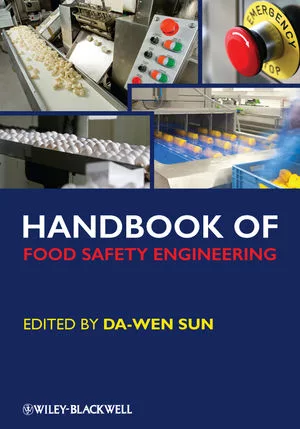Past and Present: The Evolution of the Closure
Closures are an intrinsic part of the packaging experience. Whether it’s turning the lid to open a jar of vegetables or twisting the top off a cold iced tea, the closure is often the first way consumers access a product—and first impressions are said to last. The closure began as a purely functional device for preventing product spoilage, however, over time, it has evolved far beyond that and is now leveraged as a branding tool to increase sales and build consumer loyalty.
By acting as a critical gateway to the product within a package, modern closures provide strong opportunities for brands to connect with consumers. Comparing the original closure to the ‘billboard’-type branding tools of today offers insight into the closure’s development and the future of packaging.
The Role of the Closure: Openability and Product Quality
Traditionally, closures were employed to help packaged products last longer by preventing spoilage from exposure to air, water or other contaminants. Early pottery and ceramic containers had snug fitting lids that fit into the body of the container. Beverage containers first employed Henry William Putnam’s bail closures, which consisted of a heavy wire guard that was attached to a bottle’s neck and swung over the cork to hold it in. In the late 19th century, companies began to replace this technology with the Hutter Stopper—a porcelain plug fitted with a rubber washer that was forced into the lip of the bottle to block air. Unfortunately, despite their designers’ best efforts, the closures were neither completely airtight nor efficient to use, leading to considerable spoilage and product waste.
At the same time, however, new closure technologies were emerging that improved product protection considerably. The world’s first modern bottle cap, the crown cork, was invented by William Painter in 1890 in Baltimore and was quality tested for shipping beer on the high seas. Later on, in the 1920s, a screw cap made of rust-resistant aluminum was used for the first time in prescription drug bottling. In that instance, the closure preserved the nutritional or medicinal value of the contents and ensured packages remained tamper-free during transport to the store shelf. By the 60s and 70s, technology was beginning to evolve further, with new closures making packaging both child-resistant and tamper-resistant. Brand owners increasingly recognized the need to address consumer concerns and demands through packaging, a trend that would come in to its own over the following years.
Closures in the 21st Century
Today, there are almost as many closure varieties as there are types of packaging. Each addresses a different need, from improved performance, such as tamper-evident, dispensing or child-resistant closures, to convenience with screw top, crown cap or snap on caps.
The signature “pop” heard when opening the closure on a package conveys a sense of security and product freshness — and it is one way that closures connect a brand with consumers, by projecting that sense of quality. And while it remains a physically small component of a package, the closure offers powerful opportunities for brands to build loyalty—through convenience, through differentiation and through consumer engagement.
Convenience
Jars and bottles have a notorious reputation for being difficult to open. It’s those very experiences that can leave consumers feeling frustrated and lead them to turn to another brand. At Crown, we have taken significant steps to help food and beverage brands overcome this challenge. Crown’s Orbit™ and both the 40-mm and the 63-mm Ideal Closure® employ a two-step process to opening, whereby the airtight seal is broken before the consumer twists fully to open the lid. We also kept the need of the brand owners in mind when developing these closures. For example, the Orbit™ closure does not require significant changes to existing capping equipment nor glass finishes, therefore making them easy to adopt. In the case of the Ideal closure application, both glass and plastic container finishes can be accommodated.
Shelf Differentiation
Closures offer prime real estate for branding and messaging and can be leveraged as a way to add extra pop on the store shelf. There are a wide variety options for brands to choose from, ranging from special inks and varnishes that shift colors or literally sparkle, to the physical embossing or de-bossing of text or logos that affect how the closure feels when touched.
Brands can also opt to print their logo on the central panel of a closure to build brand awareness or leverage the closure’s ‘skirt’ to print special messages and maximize the space used to engage consumers. Printing text or QR codes under the cap is another way closures can be used to highlight promotions and messaging and capture consumer attention.
Engagement Through Sustainability
Since metal is 100% and infinitely recyclable, modern closures address growing consumer preference for more sustainable technologies. The metal closure on their favorite beverage can be recycled with all other metal packaging.
It is clear that closures have come a long way since their inception. From a purely functional role, closures have come to act as tools for engagement, sustainability, and convenience. And those functions continue to develop thanks to continued innovation, all focused on helping connect brands and consumers.
Sheila Heath is director of marketing for Crown Holdings, which, through its subsidiaries, is a leading supplier of packaging products to consumer marketing companies around the world. World headquarters are located in Philadelphia, PA. For more information, visit www.crowncork.com.
Looking for quick answers on food safety topics?
Try Ask FSM, our new smart AI search tool.
Ask FSM →








